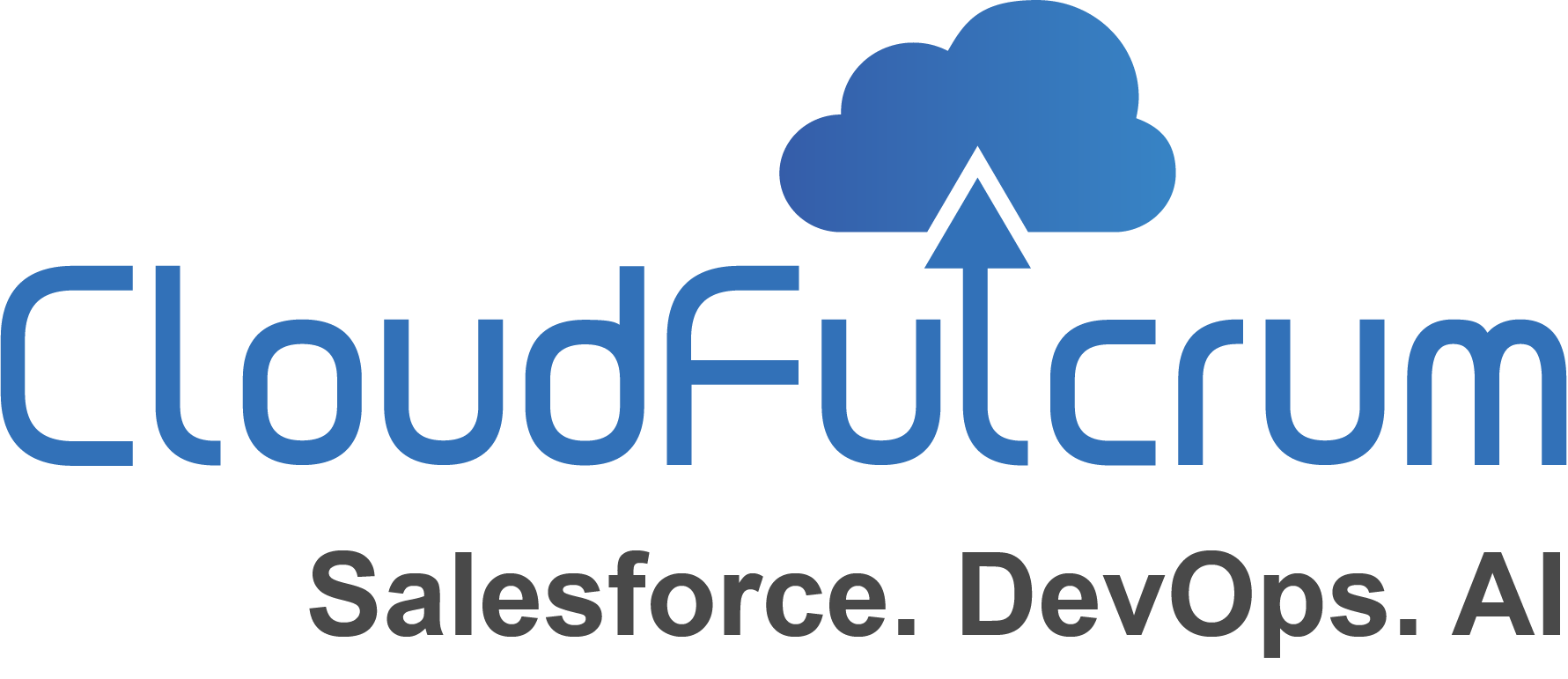Introduction:
Welcome back to our exploration of Unified Data Intelligence. Following our foundational series, we now embark on a deep dive into the core of Microsoft Fabric’s unified data architecture: OneLake. In this first installment, we’ll move beyond the conceptual overview and examine the underlying mechanisms that make OneLake a revolutionary data foundation.
The Architectural Pillars of OneLake:
At its core, OneLake is a logically centralized data lake service engineered on the robust and scalable infrastructure of Azure Data Lake Storage Gen2 (ADLS Gen2). Understanding this foundational layer is essential to appreciating OneLake’s capabilities.
- Foundation in Azure Data Lake Storage Gen2: OneLake inherently leverages the strengths of ADLS Gen2, including its hierarchical namespace for organized data management, its ability to handle massive data volumes cost-effectively, enterprise-grade security features integrated with Azure Active Directory, comprehensive encryption capabilities, and native optimization for big data analytics engines like Spark and SQL.
- The Unified Logical Namespace: A defining characteristic of OneLake is its presentation of a single, unified, hierarchical namespace that spans the entire Fabric tenant. This abstraction simplifies how all Fabric workloads interact with data. Regardless of the underlying physical storage locations (which may be distributed across multiple ADLS Gen2 accounts for scalability and regional considerations), users and services perceive and access data through a consistent and intuitive file system. This eliminates the complexities associated with navigating disparate storage accounts and data silos.


